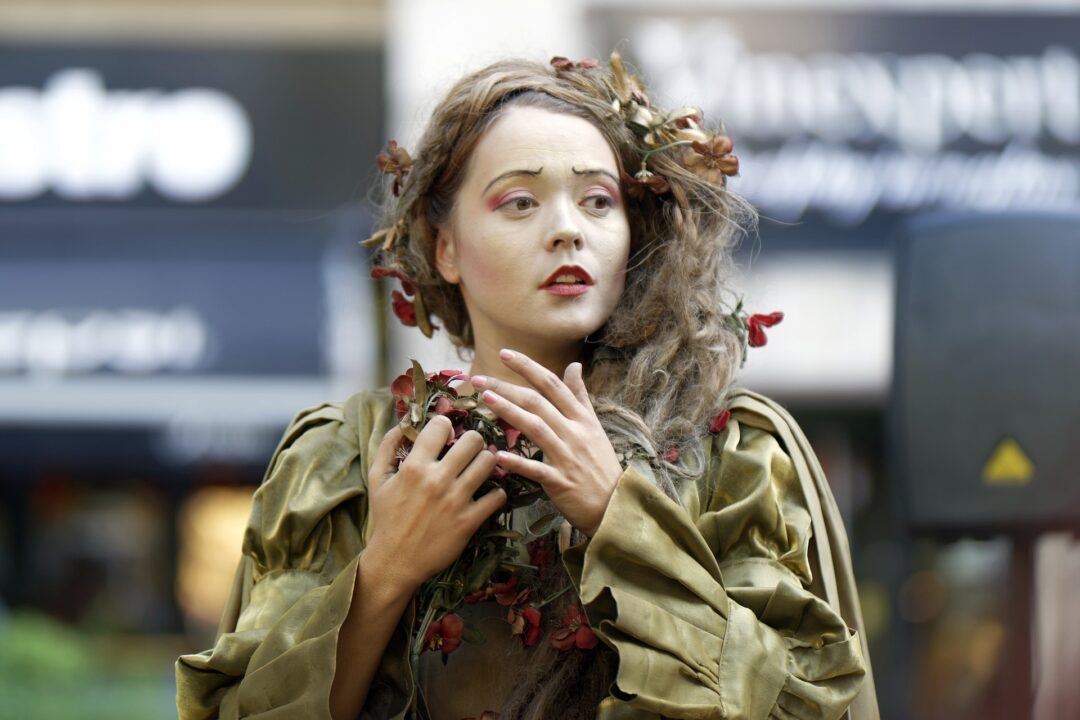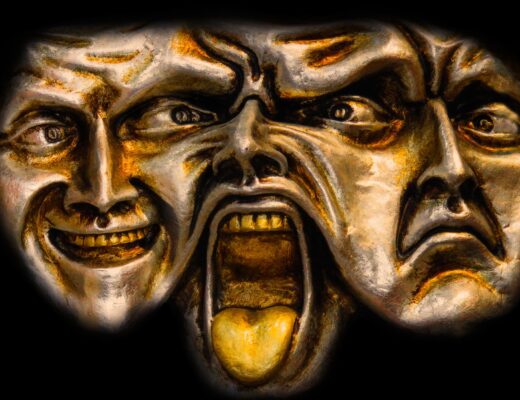Calling all actors and cosplayers!
You’re here! Absolutely brilliant. Glad you could make it. So, I’m guessing you like to develop characters, right? Whether it’s a character that already exists in the world, via cannon, or a real person who was born and did stuff, or an original character, you’ve got some work to do. Why is movement important? See, how characters move is a great way to see into their lives. This leads us then to character movement work. Ah, I love character movement work. For me, it’s one of the three lifeblood threads I use when I’m developing a character. Along with voice work and script/story analysis, of course. So, what do I mean by character movement work exactly?
Let’s break it down a bit and look at basic movement first.
Basic movement
Movement from an acting lense is basically how actors move in the space they’re performing in. This can communicate a lot of things to the audience, right?
Think body language, body control, proximity to others, the use of speed and stillness. Playing with elements like these help display relationships between characters and events unfolding in the world. Depending on how words are spoken, how characters move is a key player because movement can either back up what is being said, scream subtext, or a bit of both.
Can you think of some examples of this in your own life?
Say you’re avoiding someone. The last thing you want probably is to walk right up to them and say hi. Now, say the opposite, you’ve just spotted a dear friend across a crowded room. Do you make a b-line for them?
Basic movement work is incredibly important in any performer’s process. This is because it helps to train your body as part of your entire instrument along with your voice and mind (your heart too, that’s important 🙂 )
The big bonus that I’ve found is that movement work always comes with a huge dose of self-awareness. My first experience with movement work was pretty mind-blowing.
What it taught me was that in order to play any character, I needed to have a grasp on how I moved as ME first. Otherwise, I may play a character who is psychologically the complete opposite of me, but if I wasn’t careful, physically we’d move the same.
This doesn’t work so well when the goal of acting is to well, be someone else for a while, right?
So, that’s the super bare bones basics of movement work. Let’s add character stuff now, yeah?
Adding character
My definition of character movement work is how a character physically exists in their world. The building blocks of how they physically exist, if you will.
Now, when I personally talk movement work I tend to add character in there to complete the package. Character work is my jam, my bread and butter, (throw in your fav ‘staple in life’ idiom here).
It also specifies the work that I do as a teacher and coach. Sure, don’t get me wrong, basic movement work is key and I use it a great deal in how I teach too, but developing and focusing on how characters move is where we really get to break free and play.
Here’s an example: a high strung person who feels like they’re always late for everything is going to move VERY differently as their baseline than someone who doesn’t care if they make it to that meeting or not.
Now, here’s where the fun can begin: Say, this high strung character who feels like they’re always late…let’s say that through the dramatic arch they take throughout their story, they BECOME the person who doesn’t care if they’re late to that meeting.
As a actor that’s quite some candy, isn’t it?
By having done the work of how this character would move and by creating that character movement baseline (or a movement signature) as the character lives through their story, their movement journey can evolve with them. Just as you would tinker with mental shifts and motivations, you can tinker with movement.
Have you ever seen a few movies with the same actor in them and they seem to be playing the same role? Not just the character type, but they move the same too? (typecasting is indeed very real.) I will say, flat out, this isn’t always the actor’s fault, there’s a lot that goes on behind the scenes, but, that being said, switching things up is just more satisfying to play.
Character movement work is a way to help you differentiate the characters you play. It also helps to differentiate them from yourself.
Character movement work and cosplayers
For my cosplaying friends, how characters move is also super helpful for what you do too.
How I see it, it’s just another way to lose yourself in the character your embodying. May even help win that contest or shine as the most realistic Wonder Woman at that con and everyone wants a pic with you. (Mourning the lack of cons right now *sigh* someday we gather again in person in a safer world.)
How does Spider-Man move differently from you? What about Tsuyu Asui or Katara who both originated in animated worlds? I’m sure the Mandalorian armor you just put on is gonna put some restrictions on what you can do. Certainly what you can see, for a start. What’s it like to live like that?
Final thoughts…
So, yeah, you should definitely care about how your characters move. Movement work and how characters move is a staple to think about and work on. For one, it helps you become more self-aware of how your own body moves. Adding a focus on how characters move then helps you build a character who moves differently from you, backing up all that hard work in script/background/story analysis you’ve done.
Which, hey, you deserve to dive deep into that character work, from all angles. It’s the best part, in my opinion, and helps you achieve what I think is the whole point: to be someone else for a while.




